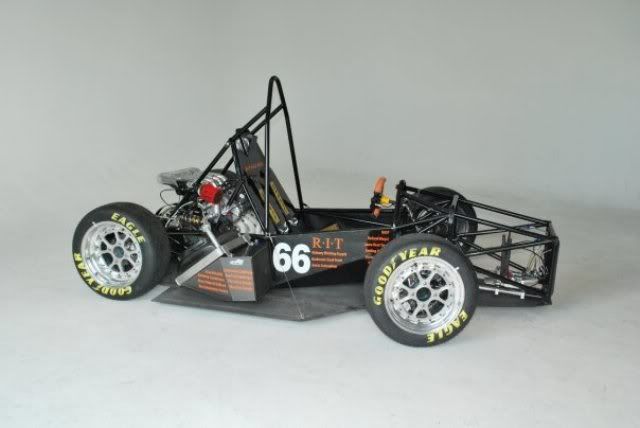Slow down there, Sparky.
The XS intake is an individual runner (IR) design(YICS notwithstanding). From the valve to the tip of the velocity stacks is one continous path tuned for a specific RPM. When we start dikkin up the exhaust and intake lengths, then the problems set in, and we have to start tuning it outside of the design parameters.
Point being; it is absolutely a tuned intake design in the stock configuaration, within the technology available at the time, and the compromises made for the mass market.
The XS intake is an individual runner (IR) design(YICS notwithstanding). From the valve to the tip of the velocity stacks is one continous path tuned for a specific RPM. When we start dikkin up the exhaust and intake lengths, then the problems set in, and we have to start tuning it outside of the design parameters.
Point being; it is absolutely a tuned intake design in the stock configuaration, within the technology available at the time, and the compromises made for the mass market.
 Evidently, the 'box and pod camps are too firmly entrenched to reason evenly. I have had enough, and will move on.
Evidently, the 'box and pod camps are too firmly entrenched to reason evenly. I have had enough, and will move on. 


 (Sold back to Maximan)
(Sold back to Maximan)



 You just struck an area of physics where I live and breath for a living and kicked in the Anal Retentive Engineer in me, so I HAD to repsond.
You just struck an area of physics where I live and breath for a living and kicked in the Anal Retentive Engineer in me, so I HAD to repsond. Again, no books here, we are close enough with this thread already.
Again, no books here, we are close enough with this thread already.


Comment